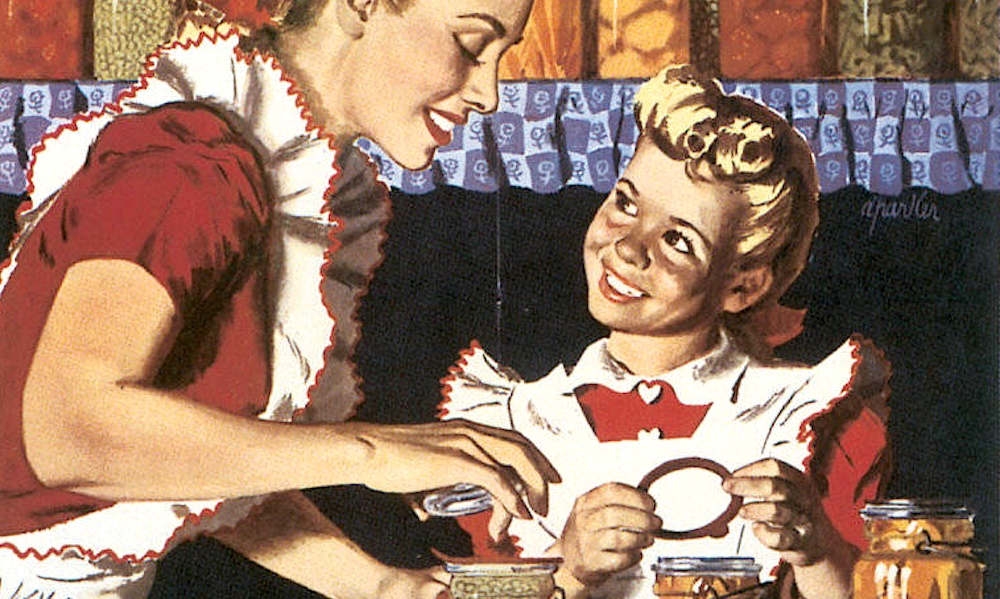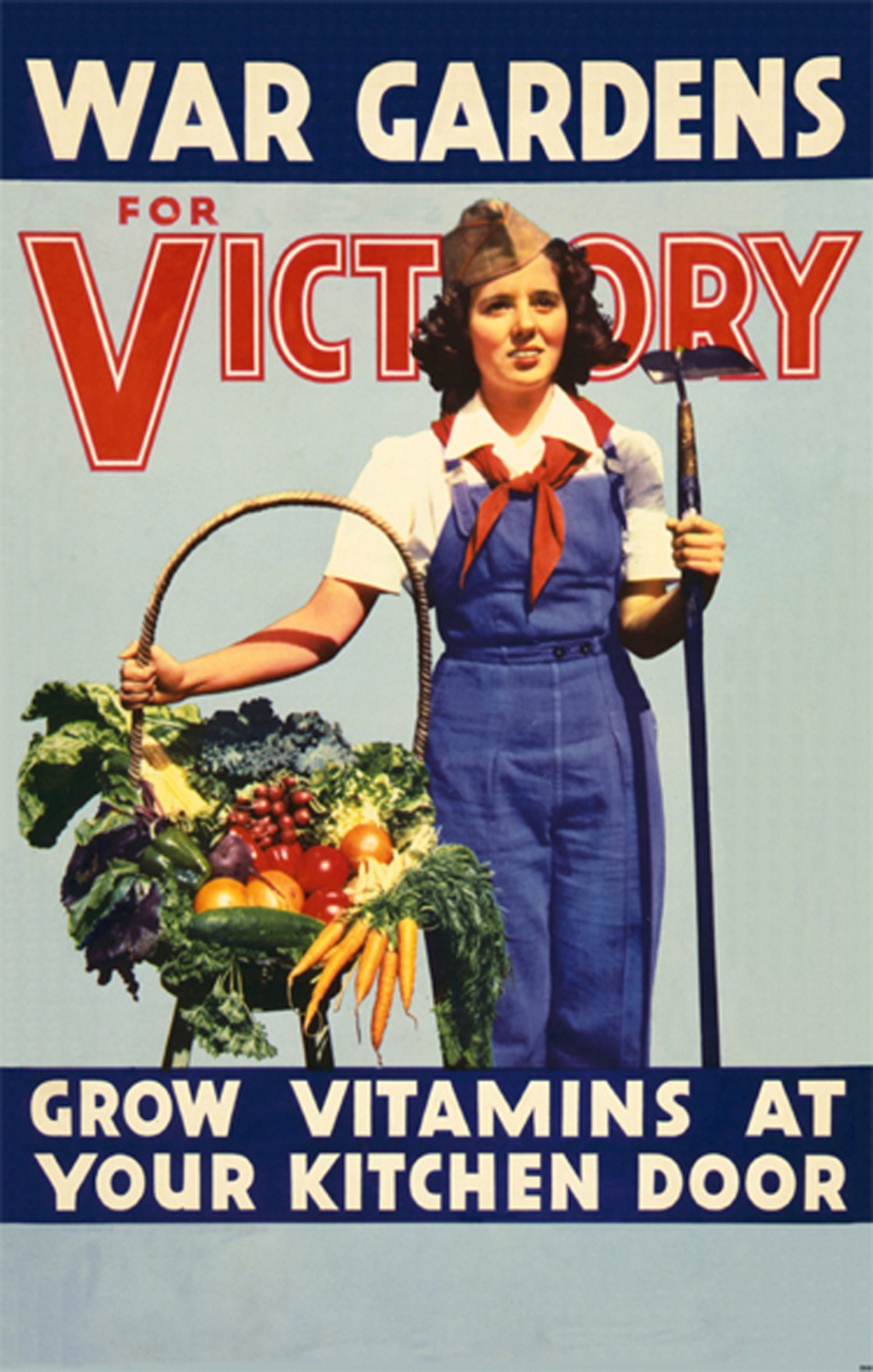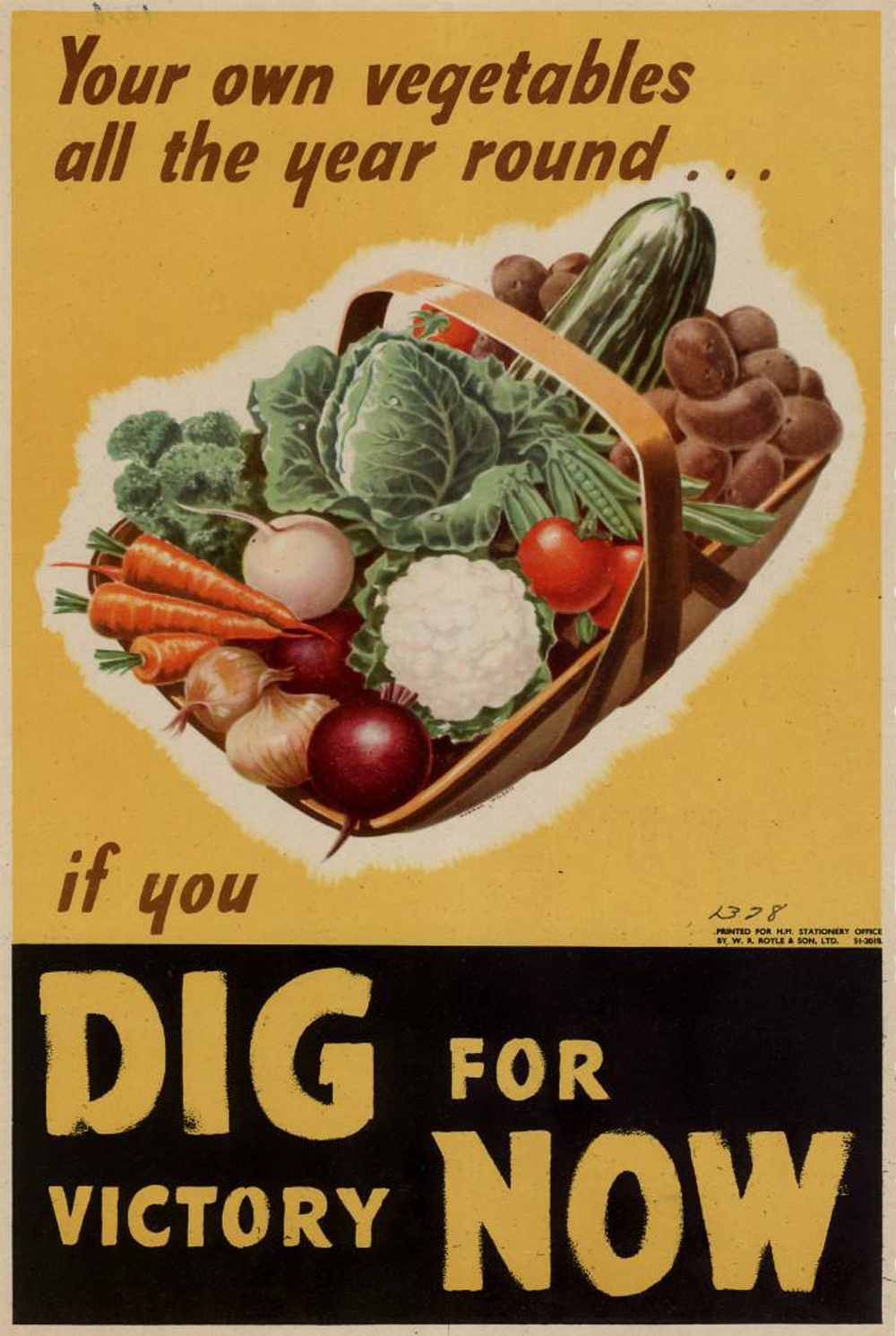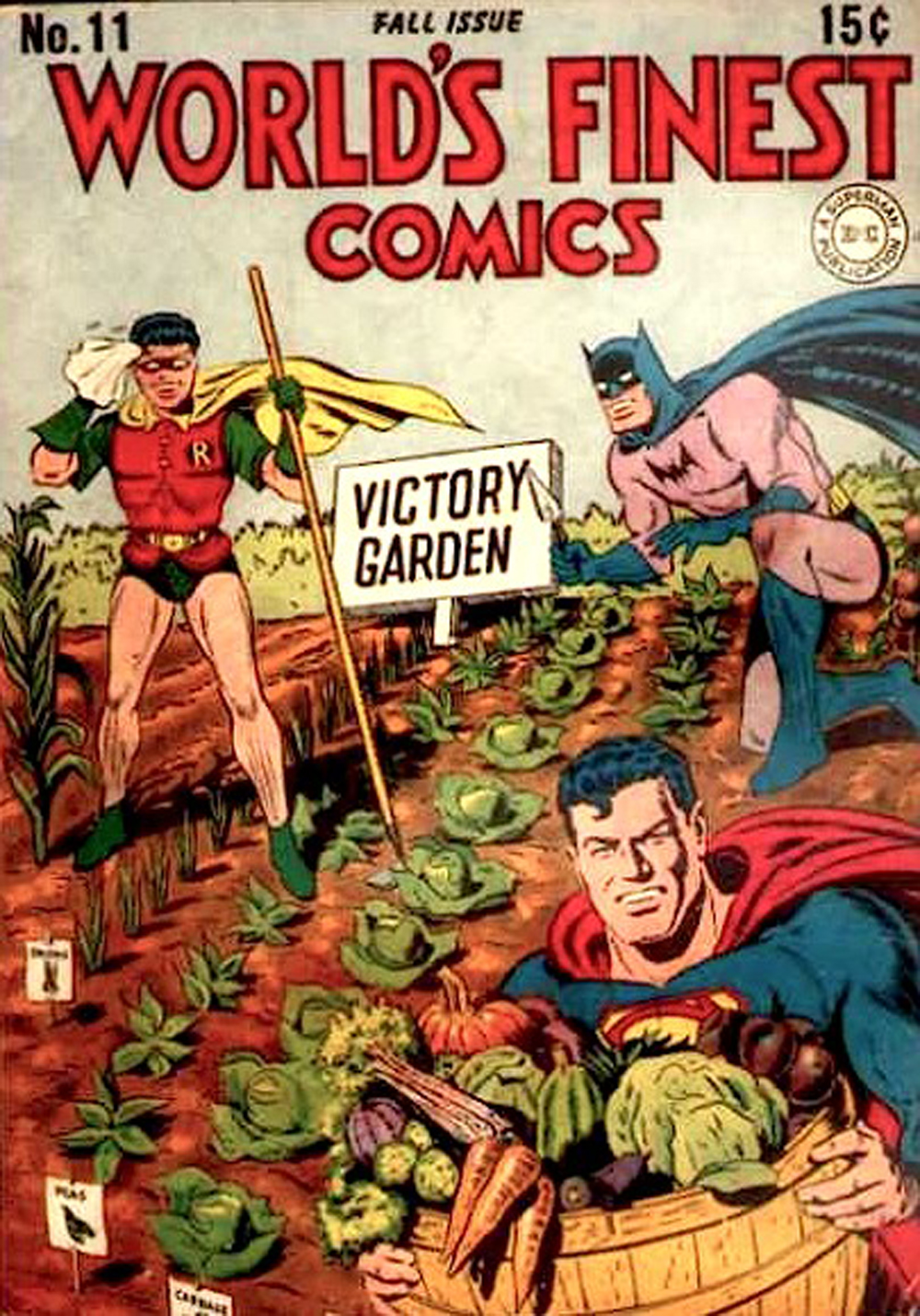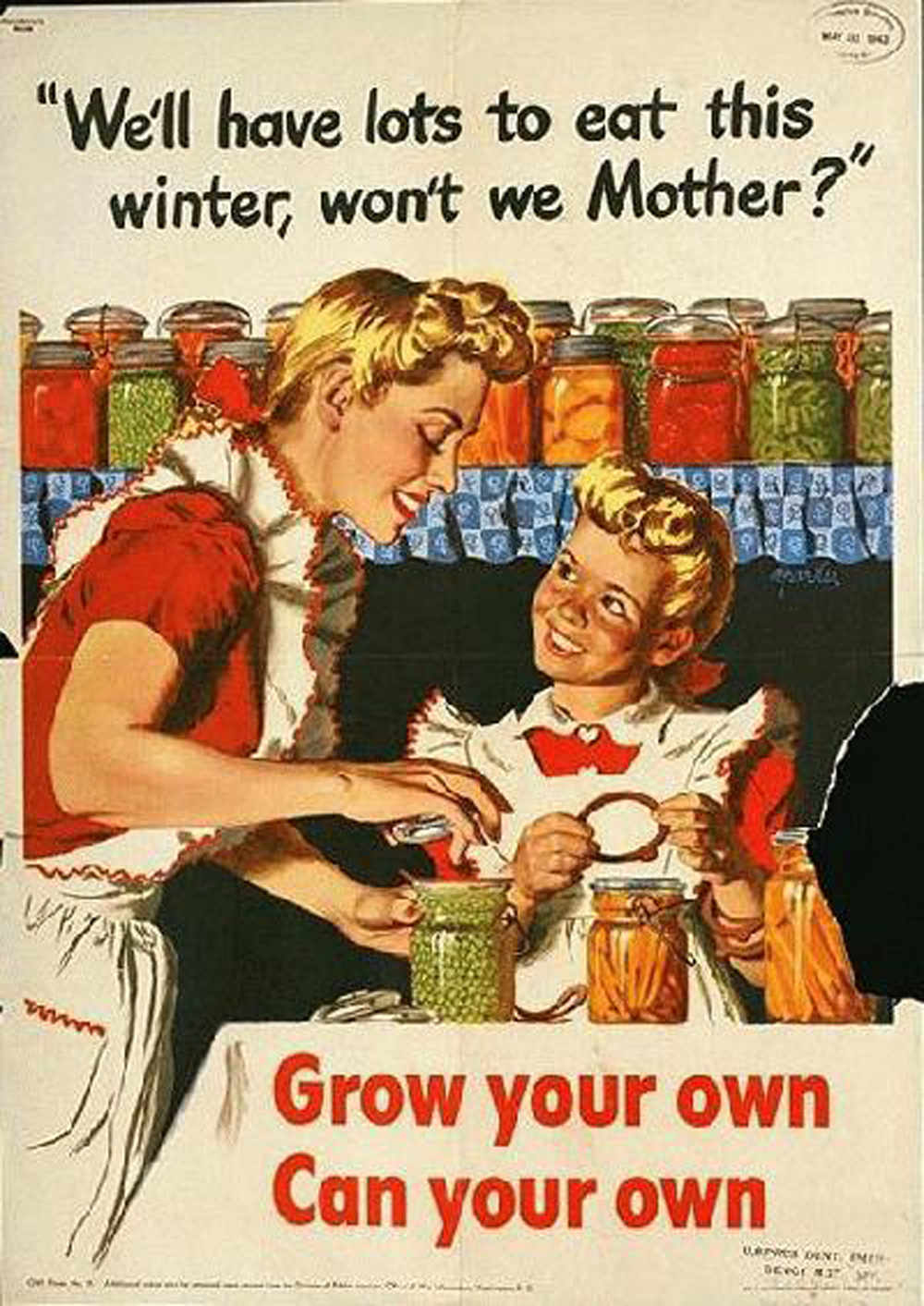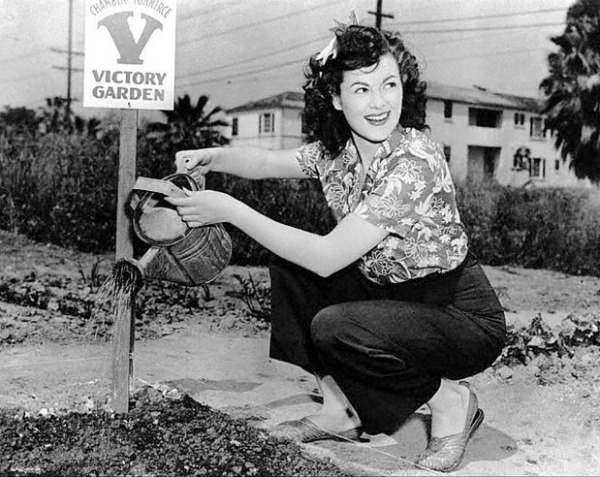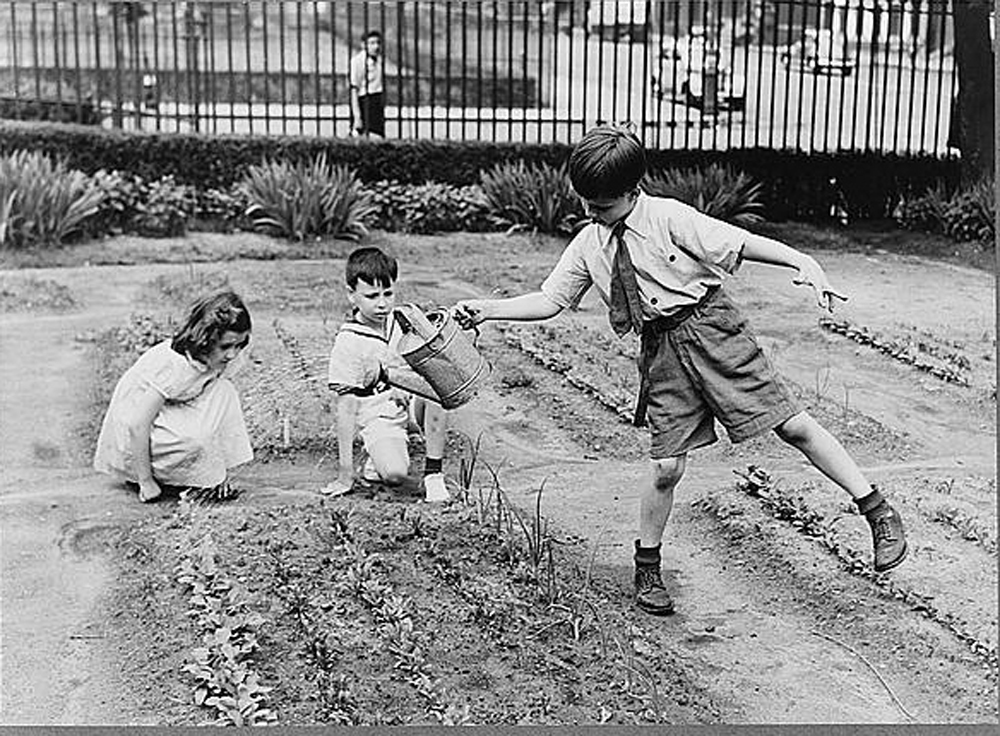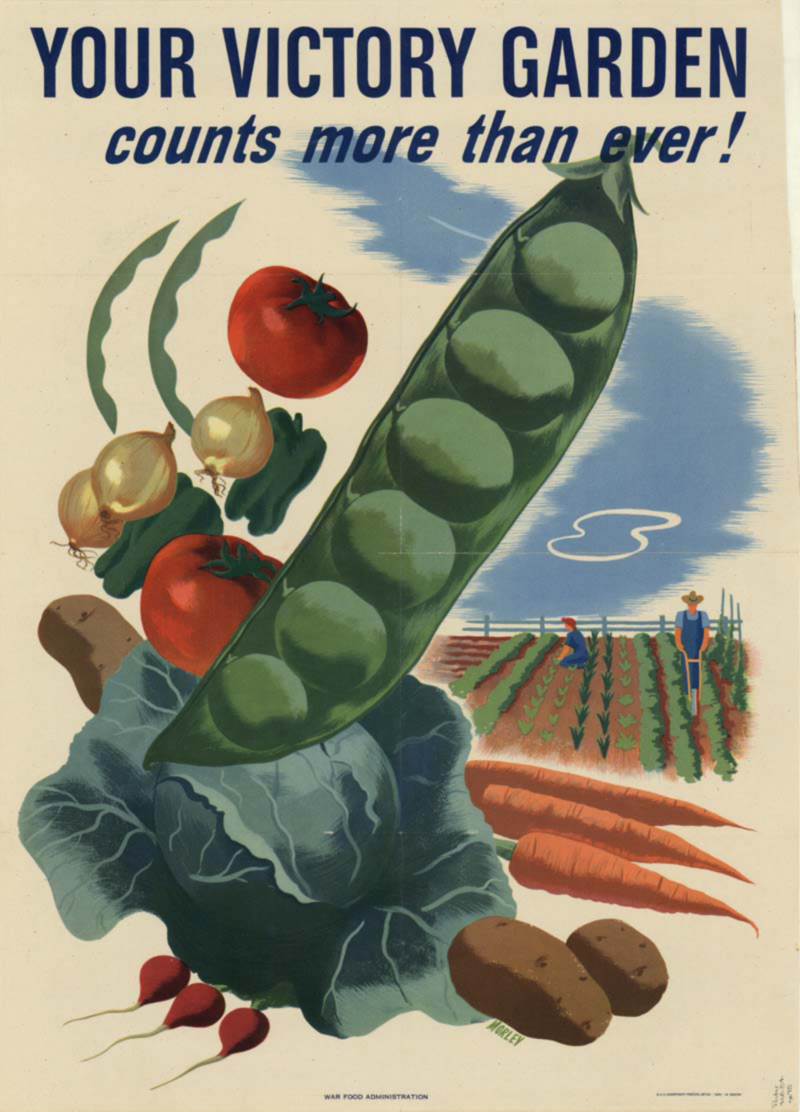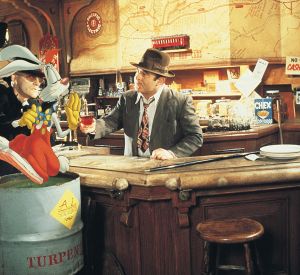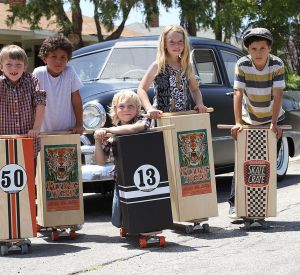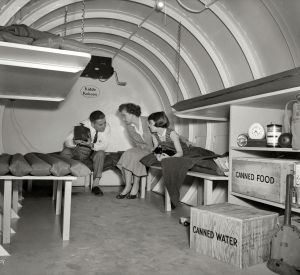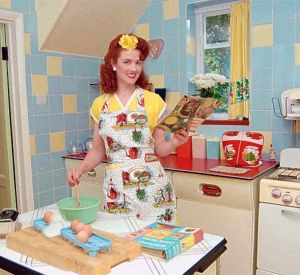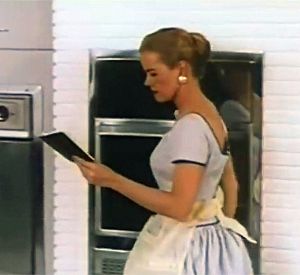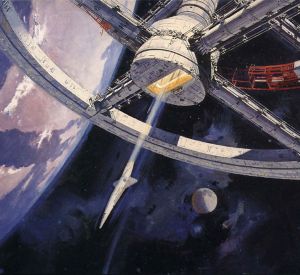The Edible Victory – Victory Gardens of the 1940s
During both world wars, though more popularly during WWII, victory gardens were encouraged among the people on the home front in America and Canada. There is quite a bit of propaganda encouraging the people to grow their own vegetables, fruits, and herbs so the troops can eat from commercial farms.
Victory gardens allowed the average person to create a garden just for their household’s consumption, instead of as a source of agricultural income like with a small farm. If you’re a fan of “Bomb Girls”, a current TV show set in Canada during WWII, then you’ve seen some of the characters setting up a victory garden. It’s estimated that around 20 million victory gardens were created during WWII and 40% of the produce in the US at the time came from victory gardens.
Most of the time these gardens sported what we would call the usual garden mix, meaning: potatoes, tomatoes, onions, garlic, lettuce, beans, peas, carrots, celery, cabbage, strawberries, broccoli, cauliflower, zucchini, grapes, beets, yams, and squash. If the climate allows, these victory gardens could also include fruit trees, peanut plants, and nut trees. Usually these gardens included an area with useful herbs like oregano, thyme, rosemary, chives, sage, dill, mint, lavender, basil, and tarragon.
Since people were beginning to take pride in their production of produce, people began taking pride in things associated with gardening like canning, making preserves and jams, pickling, and having the best recipes for things like pies, roasts, and meatloaf. Events started to rise up from these victory gardens and people started hosting more BBQs, more parties featuring their own home-grown food, and county fairs always seemed to have food contests. During an episode of “The Andy Griffith Show”, Aunt Bea was competing in a pickling competition.
To start a victory garden, a person would create a box or perhaps use old tires for a circular container. These would get filled in with garden soil, fertilizer (often times cow manure), and watered to help the containers settle before planting. Seeds or starters were planted typically by size for the best use of light and shade. Once in place, the gardens were watered daily, weeded weekly, and harvested once fully grown – which could take 35 to 120 days depending on the plant.
Below is an informational film from the Imperial War Museum called “Dig For Victory”.
Below is a cartoon by MGM from 1942 called “Barney Bear’s Victory Garden” for the kids.
Above: Grown your own Victory Garden
Above: Grown your own Victory Garden
Above: Grown your own Victory Garden
Above: Grown your own Victory Garden
Above: Grown your own Victory Garden
Above: Grown your own Victory Garden
Above: Grown your own Victory Garden


